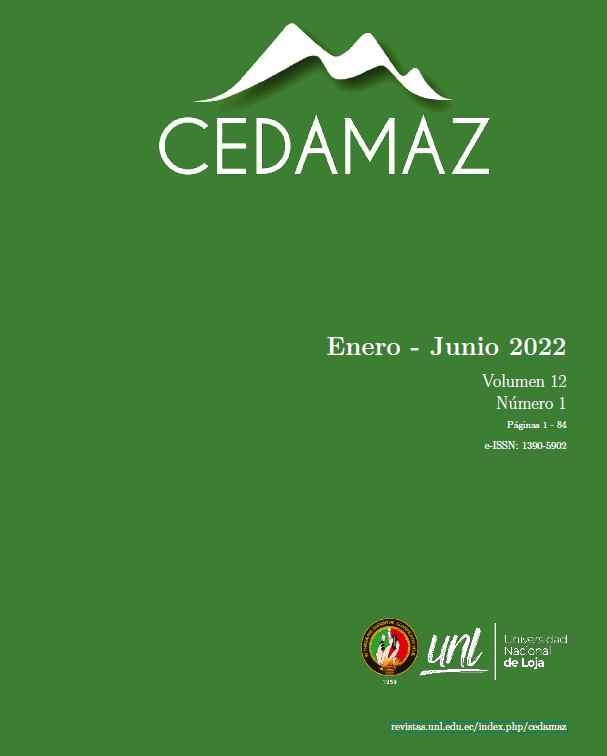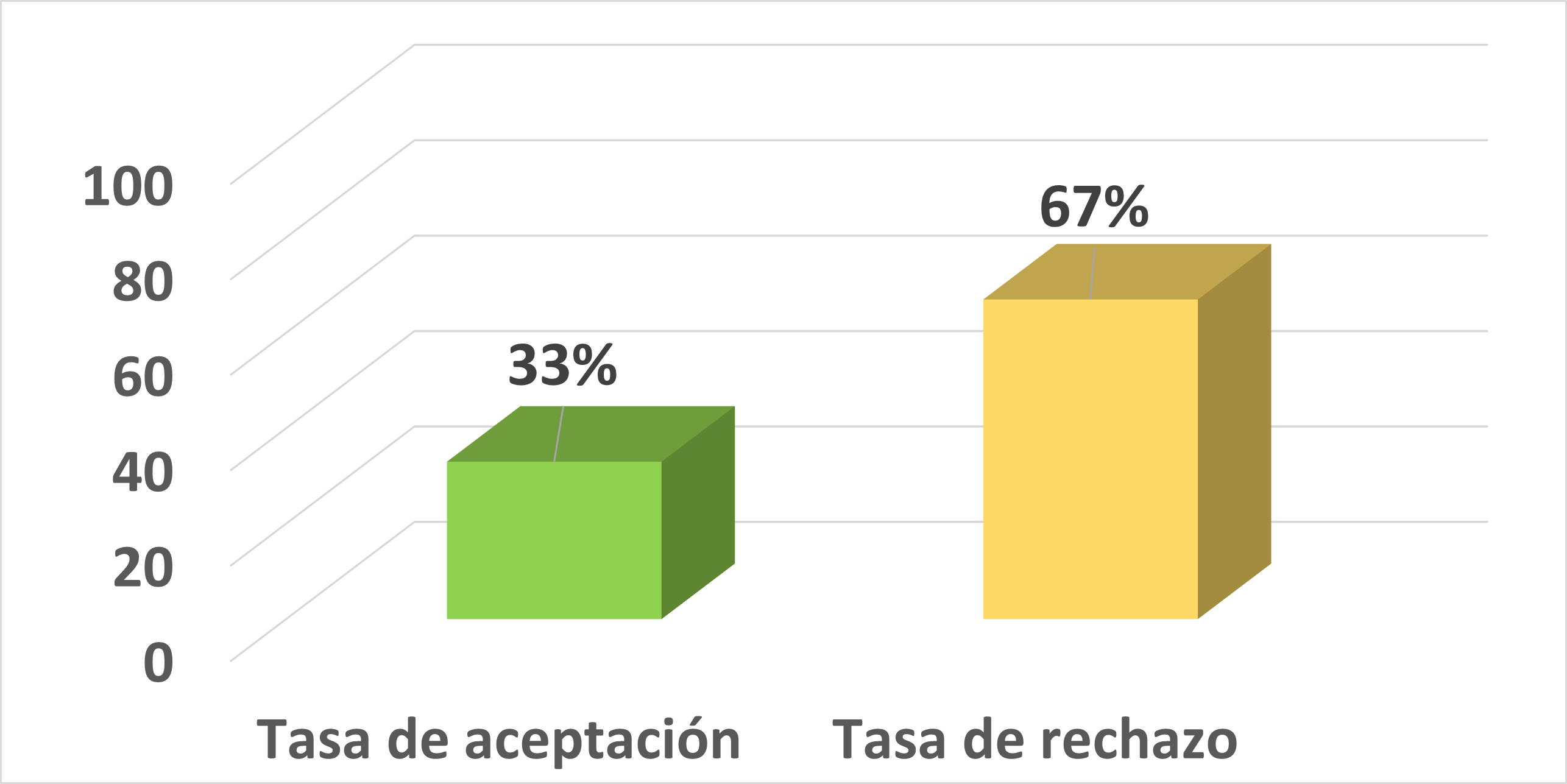Development of a computer application for the search for real estate rental offer in the city of Loja
DOI:
https://doi.org/10.54753/cedamaz.v12i1.1267Keywords:
Software development, Web application, Property search, Xp methodology, Mean stackAbstract
Finding a real estate where to live to satisfy the need for housing when living, working or studying outside the hometown, is something important that requires time and money. Based on this, the present article consisted of developing a computer application for the search of real estate rental offer for the inhabitants of the city of Loja, which consists of 4 phases, in the first phase a review of similar works was carried out to identify general requirements, then surveys were applied to 186 people to acquire requirements that contrast with those obtained previously, resulting in the requirements specification document according to the IEEE830 standard. In the second phase the application design was carried out, where the XP methodology and the 4+1 model respectively were used to organize the application, in the same way the multilayer client server architecture was used to separate the presentation logic, business logic and data logic; in the third phase the web service API REST, the web and mobile client were coded. Finally, in the fourth phase, functionality tests were performed based on the acceptance criteria of the User Stories, load and stress tests obtaining adequate response times of the request between the client and the server, and usability tests were carried out in a controlled environment where 63 people were surveyed identifying that the application is easy to use and helps to reduce the search time of a real estate. In the second phase, the development and design of the application was carried out, so the XP methodology and the 4+1 model were used respectively to organize the application, in the same way the multilayer client server architecture was used to separate the presentation logic, business logic and data logic.Finally, in this third phase, functionality tests were performed based on the acceptance criteria of user stories, load and stress tests obtaining adequate response times of the request between the client and the server, and usability tests were carried out in a controlled environment where 63 people were surveyed identifying that the application is easy to use and helps reduce search time of a property.References
Cevallos, C. (2019). Programa de arrendamiento de vivienda social: Alternativa para reducir el déficit de vivienda social, generar mayor asequibilidad y disminuir la segregación espacial en el Distrito Metropolitano de Quito (DMQ) (Tesis Doctoral).
Ecuador Constitución de la república del Ecuador, C. (2008). artículo 30.
Herrera Arizaga, M. B. (2015). desarrollo de una aplicación web y una aplicación móvil para la gestión de alquiler y venta en una inmobiliaria (Tesis Doctoral).
Herrera Nole, J. F. (2016). implementación de un sistema web y una aplicación móvil para administrar los servicios y actividades de una empresa inmobiliaria. (Tesis Doctoral).
Inec. (2013). encuesta nacional de alquileres enalqui 2013 (Inf. Téc.).
Iniguez Pineda, C. F. (2018). análisis comparativo del servicio de streaming de video de youtube entre las operadoras de datos móviles 4g en el ecuador, para proponer parámetros mínimos de calidad (Tesis Doctoral no publicada).
Jara Castillo, J. A. (2015). desarrollo de una aplicación web y una aplicación móvil para registrar el alquiler y ventas de una inmobiliaria utilizando scrum (Tesis Doctoral no publicada).
Jara Escobar, J. M. (2019). migración estudiantil. un análisis exploratorio sobre el impacto en la adaptación de los estudiantes de la carrera de licenciatura en gestión y desarrollo turístico de la universidad estatal península de santa elena, ecuador (Tesis Doctoral no publicada).
Kruchten, P. (2006). Planos Arquitectónicos : El Modelo de “ 4 + 1 ” Vistas de la La Arquitectura del Software. 12(6), 1–16.
Lázaro Hernández, C. (2018). diseño y desarrollo de una aplicación web para compartir piso (Tesis Doctoral).
Letelier, P., y Penadés, C. (2017). metodologías ágiles para el desarrollo de software: extreme programming (xp). Métodologías ágiles para el desarrollo de software: eX-treme Programming (XP), 17.
Loor Villamar, A. D., y Morocho Ramos, M. A. (2016). desarrollo e implementación de un aplicativo para dispositivos móviles con sistema operativo android y geolocalización que permita ofrecer y solicitar servicios de alquiler de casas con ubicación exacta y a la vez sugiera las más cercanas a la ubicación a (Tesis Doctoral no publicada).
López Gil, A. (2018). Estudio comparativo de metodologías tradicionales y ágiles para proyectos de desarrollo de software (Tesis Doctoral).
Monteferrer Agut, R. (2001). Especificación de Requisitos Software según el estándar de IEEE 830.
Ríos Pinzón, E. G. (2008). Desarrollo de un sistema informático para los procesos de cosecha y post-cosecha de la camaronera “pampas de Cayanca” (Tesis Doctoral no publicada).
Ruano Arranz, M. (2016). estupiso segovia: buscador de viviendas en alquiler en segovia para estudiantes (Tesis Doctoral no publicada).
Tobar Ibarra, O. D. (2018). Evaluación de usabilidad de plataforma educativa acceso multidipositivos.
Published
How to Cite
Issue
Section
License
Copyright (c) 2022 CEDAMAZ

This work is licensed under a Creative Commons Attribution-NonCommercial-NoDerivatives 4.0 International License.
Those authors who have publications with this journal, accept the following terms:
- After the scientific article is accepted for publication, the author agrees to transfer the rights of the first publication to the CEDAMAZ Journal, but the authors retain the copyright. The total or partial reproduction of the published texts is allowed as long as it is not for profit. When the total or partial reproduction of scientific articles accepted and published in the CEDAMAZ Journal is carried out, the complete source and the electronic address of the publication must be cited.
- Scientific articles accepted and published in the CEDAMAZ journal may be deposited by the authors in their entirety in any repository without commercial purposes.
- Authors should not distribute accepted scientific articles that have not yet been officially published by CEDAMAZ. Failure to comply with this rule will result in the rejection of the scientific article.
- The publication of your work will be simultaneously subject to the Attribution-NonCommercial-NoDerivatives 4.0 International (CC BY-NC-ND 4.0)









